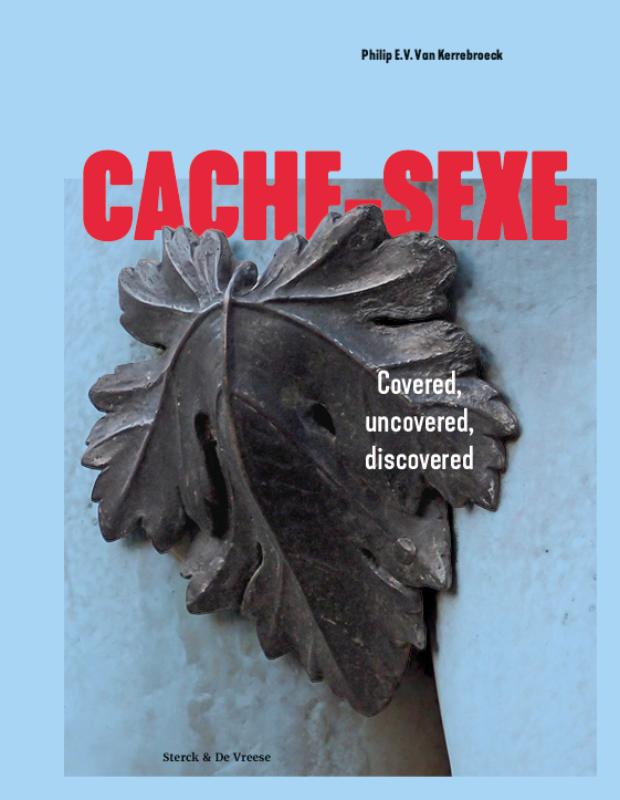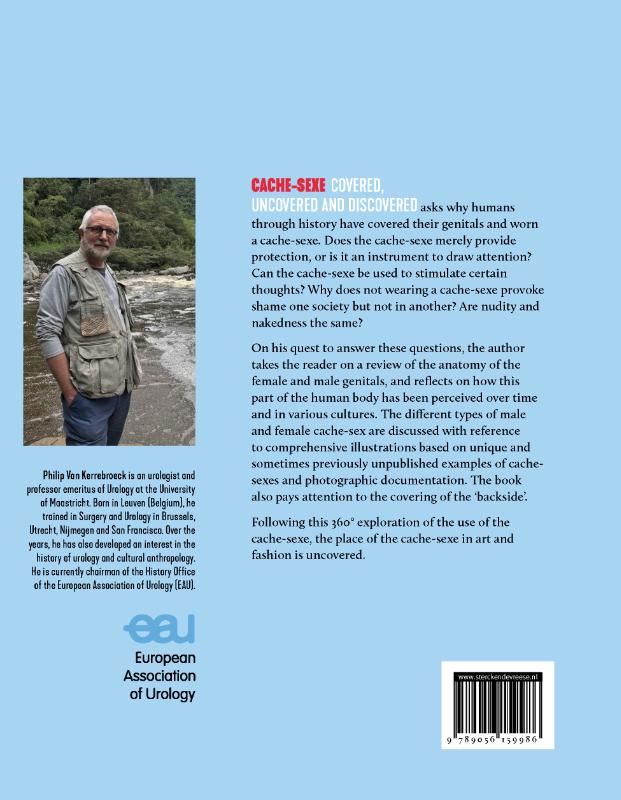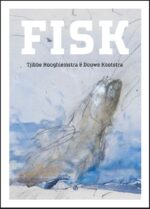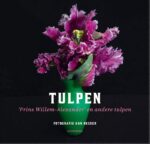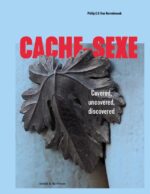Cache-sexe
€ 34,90
This book asks why humans through history have covered their genitals and worn a cache-sexe. Does the cache-sexe merely provide protection, or is it an instrument to draw attention? Can the cache-sexe be used to stimulate certain thoughts? Why does not wearing a cache-sexe provoke shame one society but not in another? Are nudity and nakedness the same?
On his quest to answer these questions, the author takes the reader on a review of the anatomy of the female and male genitals and reflects on how this part of the human body has been perceived over time and in various cultures. The different types of male and female cache-sex are discussed with reference to comprehensive illustrations based on unique and sometimes previously unpublished examples of cache-sexes and photographic documentation. The book also pays attention to the covering of the ‘backside’. Following this 360° exploration of the use of the cache-sexe, the place of the cache-sexe in art and fashion is uncovered.
Philip Van Kerrebroeck is an urologist and professor emeritus of Urology at the University of Maastricht. Born in Leuven (Belgium), he trained in Surgery and Urology in Brussels, Utrecht, Nijmegen and San Francisco. Over the years, he has also developed an interest in the history of urology and cultural anthropology. He is currently chairman of the History Office of the European Association of Urology (EAU).
Gerelateerde boeken
-
Fisk
€ 17,90De bokking better besjoen, in reuzesnoek út ’e Fryske Wâlden, in fabel fol ûntefreden maitsen, in oade oan ’e dôber. It binne in pear foarbylden dy’t op lichtfuottige wize yn Fisk oan ’e oarder komme. Alles yn Fisk hat te krijen mei natuer, fisk, fiskjen, wetter en Fryslân.
Nei harren earste projekt – Stabij, in boek oer in hûn – is Fisk it twadde boek fan byldzjend keunstner Tjibbe Hooghiemstra en skriuwer-ferteller Douwe Kootstra. Douwe libbe him út yn ’e ferhalen. Tjibbe makke der tekeningen by. De miks fan bylden en koarte teksten makket Fisk ta in hearlik lês- en sjochboek.
-
-
Cache-sexe
€ 34,90This book asks why humans through history have covered their genitals and worn a cache-sexe. Does the cache-sexe merely provide protection, or is it an instrument to draw attention? Can the cache-sexe be used to stimulate certain thoughts? Why does not wearing a cache-sexe provoke shame one society but not in another? Are nudity and nakedness the same?
On his quest to answer these questions, the author takes the reader on a review of the anatomy of the female and male genitals and reflects on how this part of the human body has been perceived over time and in various cultures. The different types of male and female cache-sex are discussed with reference to comprehensive illustrations based on unique and sometimes previously unpublished examples of cache-sexes and photographic documentation. The book also pays attention to the covering of the ‘backside’. Following this 360° exploration of the use of the cache-sexe, the place of the cache-sexe in art and fashion is uncovered.
Philip Van Kerrebroeck is an urologist and professor emeritus of Urology at the University of Maastricht. Born in Leuven (Belgium), he trained in Surgery and Urology in Brussels, Utrecht, Nijmegen and San Francisco. Over the years, he has also developed an interest in the history of urology and cultural anthropology. He is currently chairman of the History Office of the European Association of Urology (EAU).
-
Monumentaal Assen
€ 24,95Waarom schilderen kunstenaars alleen bekende steden? Die vraag stelde de Amsterdamse bankier Wim Berghuis (1930-2014) zichzelf eind jaren tachtig. Voor de in Assen geboren Berghuis betekende dat het begin van een zoektocht naar kunstenaars die zijn geliefde stad Assen wilden vastleggen. Het leidde tot een verzameling Asser stadsgezichten van een groot aantal kunstenaars die hij opdracht gaf om de stad op het doek te vereeuwigen. De inspanningen van Berghuis gingen niet onopgemerkt voorbij. Zijn werken werden in de loop der jaren meerdere malen tentoongesteld, niet alleen in het Drents Museum, maar ook in Berlijn en Bad Bentheim.
Monumentaal Assen – Stadsgezichten uit de Collectie W.H. Berghuis is het langverwachte boek met daarin de complete Collectie dr. W.H. Berghuis. 112 werken van maar liefst 70 verschillende kunstenaars worden afgebeeld en beschreven. Annemiek Rens, Hoofdconservator van het Drents Museum, gaat in op het belang van de collectie en de bijzondere kunstwerken. Martin Hiemink neemt de lezer mee in het leven van Wim Berghuis en de historische verhalen achter de gebouwen en plaatsen die de kunstenaars vastlegden. In Monumentaal Assen – Stadsgezichten uit de Collectie dr. W.H. Berghuis wordt Assen op een verrassende wijze in beeld gebracht en laten kunstenaars de lezer steeds opnieuw kennis maken met de stad.
